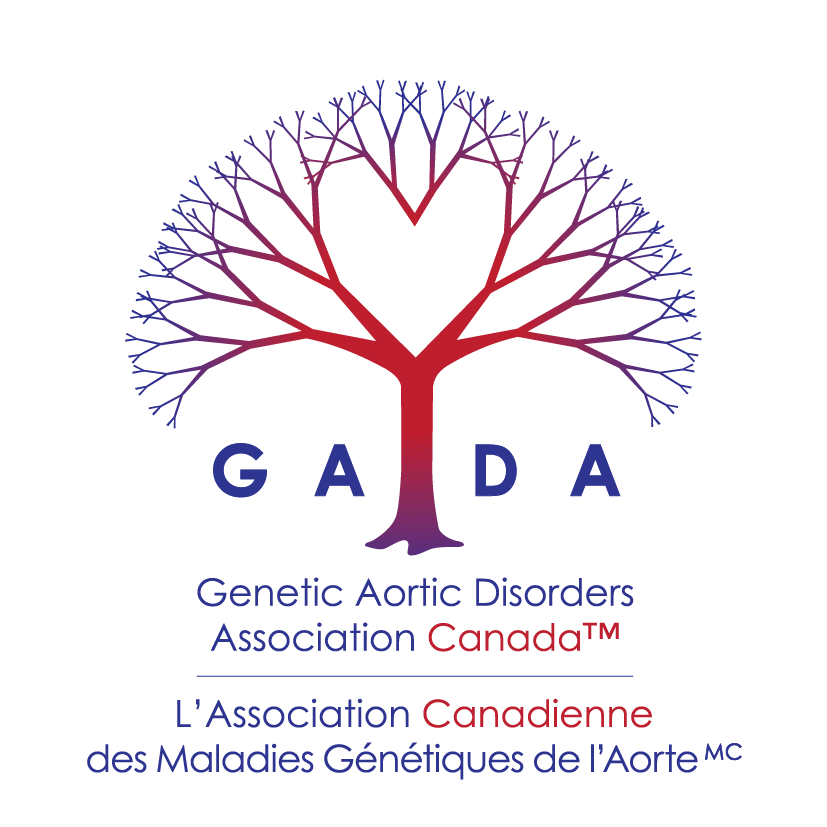The European Association for Cardio-Thoracic Surgery (EACTS) and The US Society of Thoracic Surgeons (STS) endorsed guidelines for diagnosing and treating acute and chronic syndromes of the aortic organ, that have been published simultaneously in the European Journal of Cardio-Thoracic Surgery and The Annals of Thoracic Surgery.
These guidelines recognize the aorta as an important independent organ for the first time, just as the heart, lungs, or brain.
The aorta has no dedicated medical discipline although the incidence and prevalence of aortic disease is increasing globally. Over the past 2 decades interest has been growing in creating specialized teams to treat aortic disease. However, this has not shown positive impact clinically, with aortic diseases usually treated and managed by cardiac or vascular surgery, even though aortic surgery has a significantly higher risk of mortality and morbidity, in comparison with other cardiac procedures.
As an independent organ, these new guidelines recommend:
· Aortic medicine is now its own subspeciality in which the aorta is viewed as a complex organ and not simply as a large vessel distributing blood to the body.
· Aortic medicine requires a dedicated multidisciplinary aortic team at ‘Centers of Excellence’ or ‘Aortic Centers’ for the life-long management of patients with aortic disease. Such an aortic team should encompass a variety of expert specialists including a core team of, cardiovascular surgeons, cardiologists and radiologists and a larger team of anesthesiologists, perfusionists, critical care specialists, geneticists, genetic counsellors, neurologists, pulmonologists, renal specialists, specialized nurses and social workers.
· Effective communication among these multidisciplinary specialists and patients is essential for positive clinical outcomes.
The scope of the guidelines includes both thoracic and abdominal aorta and provides recommendations for clinicians on diagnostic and preoperative tests, imaging modalities and measurement approaches, different surgical approaches, size thresholds and timing for surgery and long-term surveillance to treat and manage acute and chronic aortic diseases, including heritable thoracic aortic disease (HTAD).
These guidelines will have profound implications for much-needed changes; in medicine and healthcare, in the content of medical studies and specialist training for development of knowledgeable specialists in this field, and for future collaborative efforts among specialties and research societies, to improve aortic disease outcomes.
These guidelines were developed under the co-leadership of Prof. Dr. Martin Czerny, Medical Director of the Department of Cardiovascular Surgery at the Medical center – University of Freiburg, Germany, with a taskforce of international experts in the field. Dr. Czerny is one of the most cited cardiovascular surgeons in the world. He recently became a member of the Montalcino Aortic Consortium (MAC) to align his research with the ongoing MAC gene-based precision medicine research for genetic aortic disorders. GADA, a co-founder of MAC, is proud to fund the registries for MAC research.
Click here to read the EACTS/STS Guidelines for Diagnosing and Treating Acute and Chronic Syndromes of the Aortic Organ.
